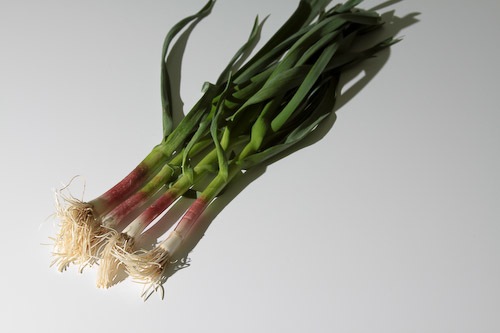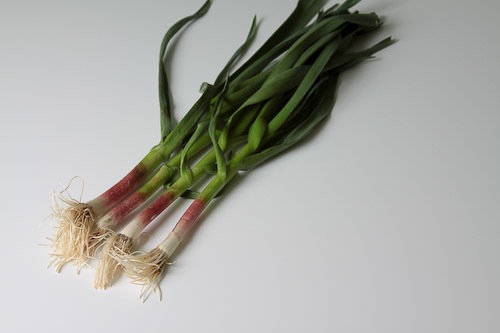Photography is all about light. Because of this, photographers have many ways to talk about light. One of the most important ways of describing light is how hard or soft it is.
The softness of a light determines what kind of shadow the light creates. Hard light creates shadows that have very distinct edges. The edge between where there is a shadow and where there is light is very sharp and distinct. With soft light there is a much gentler transition between shadow and light.
So what makes light soft or hard? It is all determined by how big an object is compare to the source of the light. It is not how big they are when they are next to each other, but instead as they are positioned for the photo. The distance between the source of the light and the subject has a big influence on the softness of the light. A large source of light will start to look smaller and smaller the farther away it gets positioned.
Take the sun as an example of a light source. The sun is huge! It is larger than anything on Earth, in fact it is larger than Earth. Luckily the sun is very far away, and actually ends up being pretty small relative to most subjects. On the next sunny day hold out your hand near the ground. It will cast a very sharp shadow.
The sun creates hard light because the light it gives off comes from a single direction. As the source of light gets larger compared to the subject, the light it gives off appears to come from many different directions.
A cloudy day is a good example of a soft light source. The sun’s light gets diffused by the layer of clouds. Instead of just a small spot in the sky giving off light, the whole sky is evenly illuminated. The shadows that are created are less distinct if they are there at all. Light is coming towards the subject from multiple directions.
If this is confusing, don’t worry. There are lots of other (better) explanations online. As always The Strobist does a great job of explaining it all.
All of this is great, but chances are if you are photographing food, you are not taking photos outside. You want to be able to create soft light when you want instead of having to wait for a cloudy day. Luckily it is not hard to do, unfortunately it will probably take a lifetime to master.
A small light source, like a desk lamp or flash, can be made to appear larger, and therefore softer, by bouncing the light off a large surface or diffusing it through a piece of material. It is probably easiest to experiment with bounce light. You can use the ceiling or the wall. If you want to get more creative, try using a piece of white cardboard or foam core. When the light bounces off the other surface, that entire surface becomes the new light source.
A light source can be diffused by placing a translucent material in front of it. This could be a piece of cloth or wax paper. Depending on how much the light has spread, the whole surface of the material should light up and become a light source.
Using diffusion and bouncing, you can turn a small light source into a large one. The resulting light source will not be as bright because both methods eat up a bit of the light, but you can work around this.
I use small battery powered flashes for taking food photos. Since the subject of most food-related photos is pretty small, these flashes have plenty of power. In subsequent posts I will show some of the light modifiers I use, like umbrellas and softboxes, and what effects they can have.
Here is an example of soft light and hard light. The first photo shows softer light coming from a single small softbox positioned behind green garlic. The second photo shows hard light, which comes from a bare flash in the same position. Look at the shadows, and how sharp or smooth the edges are.



Nice clear explanation, thanks!